Around a year ago, we wrote an article about the future of Porsche powertrains, covering full electric, hybrid, and sustainable fuel. At that time, the biggest push for sustainable fuel was the development of E100, or bio-fuel ethanol from grains and organic waste products. Since then, Porsche has continued to be at the forefront of advanced engineering and design, and in partnership with the industrial giant Siemens, has pushed forward the latest advancement in sustainable fuel.
Called “eFuel,” it is not based on organic bio-fuel, nor is it a type of battery. What it is, and what makes it revolutionary, is that it is a fully synthetic fuel. It will work with the internal combustion engines in Porsches, and on a wider scale all petrol powered cars, on the road today. The only adjustment would likely be a small tweak in the ECU, but any vehicle that has FlexFuel or other alternative fuel capabilities are already set up to accept it.
But what is Porsche’s eFuel? How is it made? How does it work? That is what we will be answering today.
What Is It?
In the broadest terms, Porsche eFuel is a synthetic hydrocarbon. Instead of having to distill raw crude oil into separate liquids and gasses, and then process those liquids to refine them into the various octane grades in a heavily carbon dioxide polluting system, eFuel is a nearly-carbon-neutral process that is at the same time incredibly complex, but relatively simple.
To put that process into its simplest form, it uses two of the most abundant elements on planet Earth to make: hydrogen and carbon. While it may seem like the planet has more oxygen than anything else, there are billions of tons of hydrogen all around us, if you consider that water is dihydrogen monoxide, or H2O. Two hydrogen, one oxygen. Then consider the gas that is concerning everyone with climate change, carbon dioxide, or CO2. Right there, you have all the basic components needed to make synthetic fuels
How The Process Works
We stated earlier that the process is incredibly complex, but simple. The simple part is that it is done in four stages, instead of the nearly two dozen needed to create petrol from crude oil. Also as stated, it is nearly carbon neutral, as many parts of the process can be completed using renewable energy.
Step 1: Electrolysis Of Water
This is where that complexity steps in, as to explain the full chemical process that occurs would be an entire article in itself.
In layman’s terms, it involves passing a significant voltage of direct current (DC) from a positive electrode to a negative electrode through a conducting medium, be it liquid or solid. Water conducts electricity well (unless it has been purified or deionized), and as the current passes through it, a chemical reaction occurs that releases both hydrogen and oxygen as gasses.
An extremely simplified diagram of how electrolysis works. Image via ResearchGate
This part is carbon net-zero, as hydroelectric, solar, or wind generated power is used for the electrolysis.
Step 2: Carbon Dioxide Capture
Now that the hydrogen has been captured, and the oxygen either released back into the atmosphere or captured for use in medical, industrial, or other fields, the collaboration between Porsche and Siemens comes to the fore. Using a carbon dioxide capture technique that Siemens helped create known as “Direct Air Capture,” CO2 is pulled directly out of the ambient air in much the same way trees and forests capture CO2. In this instance, however, the CO2 is separated by passing over electrified catalysts that “purify” it for compression into saline solution or compressed gas.
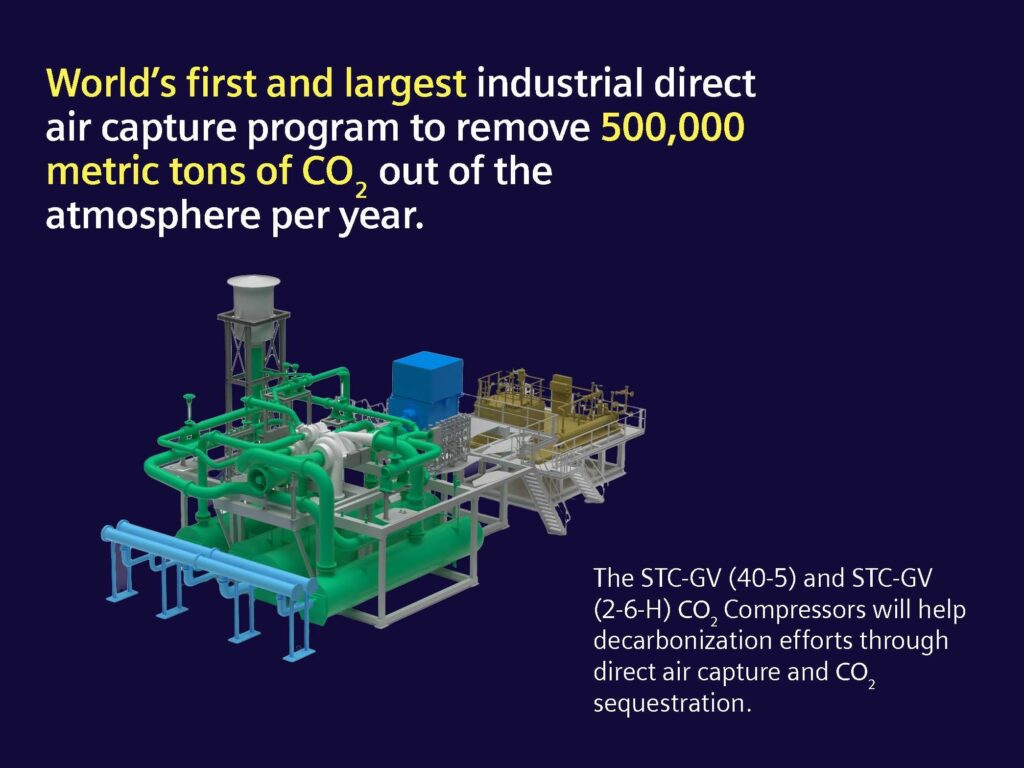
If the compressors and catalyst elements use renewable, sustainable energy, again, this step is carbon net-zero.
Step 3: Mixing
The captured gasses from the two previous steps, hydrogen and carbon dioxide, are then mixed through a series of progressive chemical reactions run over an electrified catalyst that you almost need a chemistry degree to understand, basically creating carbon monoxide and water, and then converting that carbon monoxide via a catalytic reaction. The result, however, is synthetic methanol (CH3OH), which is collected and sent off to a fuel partner, in this case ExxonMobil, to be further processed.
Step 4: Methanol-To-Gasoline
It is at this point that the chemical process gets astoundingly complex, and where some carbon release is generated, but far, far less than from the processing of crude oil. In basic terminology, the methanol generated in step 3 is vaporized and then superheated, before passing through to a “fluid bed reactor” which separates the now extremely hot gas into synthetic hydrocarbons and water.
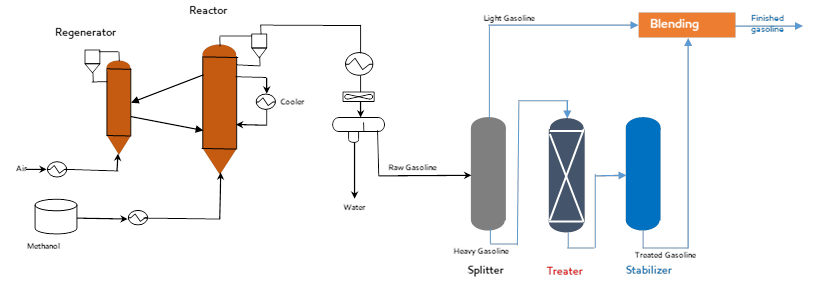
Those hydrocarbons get processed with paraffins, naphthenes, and other standard gasoline additives to create eFuel. It should be noted that raw eFuel has an octane rating of 85 to 87, but can be boosted to higher octane using the same processes for normal gasoline. This is precisely why for the 2022 and 2023 FIA Porsche Carrera Cup series, eFuel is being tested out in a full pilot program, determining its efficacy versus crude oil produced racing fuel. As with many things Porsche, what is developed and perfected for the racetrack often ends up in the road cars, but in this instance, it will be the benefit of everyone, not just Porsche owners and cars.
How Porsche Is Leading The Charge (& Change)
When looking at the complexity of creating eFuel, it’s no wonder that many manufacturers are a bit tentative on leaping off the 10 meter diving board and all the way into the deep end like Porsche has. In fact, the only other company that has joined Stuttgart in the plunge is Ferrari, with their fuel partner Shell, in developing a synthetic fuel specifically for racing in Formula One, as part of the FIA’s drive for 100% sustainable race fuel for the next set of regulations coming in 2026.
Stuttgart is putting its money where its mouth is, however, as just over a month ago, the first sustainable eFuel production plant was opened officially in Punta Arena, Chile. Called the Haru Oni eFuel Demonstration Plant, it is powered by its own massive wind turbine, as well as has a full carbon dioxide capture system, painted in bright green, in the middle of a capture grid that feeds into the methanol production building. That methanol is then pumped over to the large, on-site methanol-to-gasoline production facility, and is then combined with the correct chemicals to make 98 (EU octane rating) or greater octane HIF (Highly Innovative Fuel).
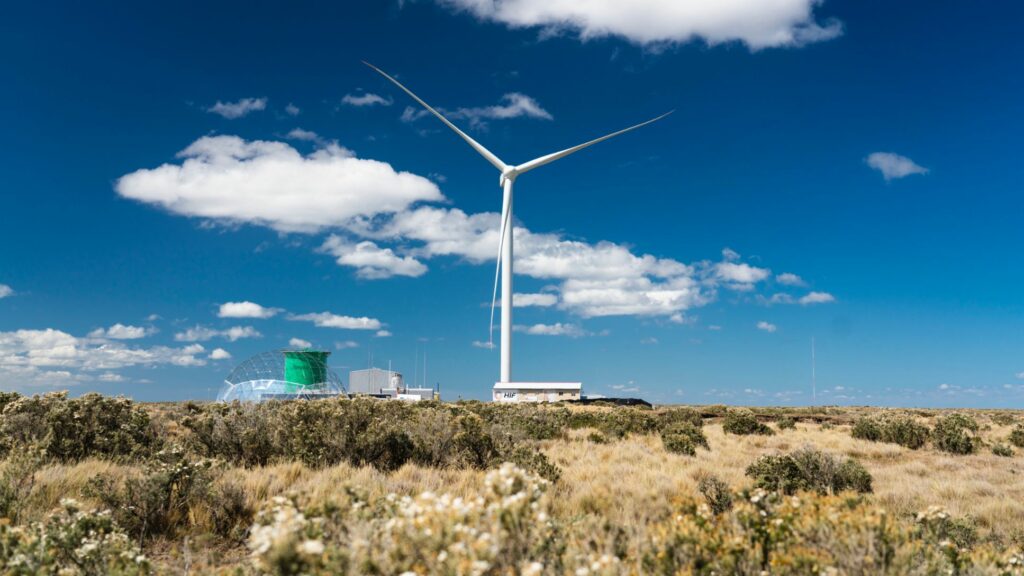
This was demonstrated at the grand opening on February 15, 2023, by having the first batch of eFuel used to fill up a Type 992 911 without any modifications made to the engine or ECU. That 911 was then driven in a quite enthusiastic manner around the base of the wind turbine. The driver was senior member of Porsche’s Executive Research and Innovation Board Michael Steiner, while supported by senior member of the Porsche Executive Board for Procurement Barbara Frenkel.
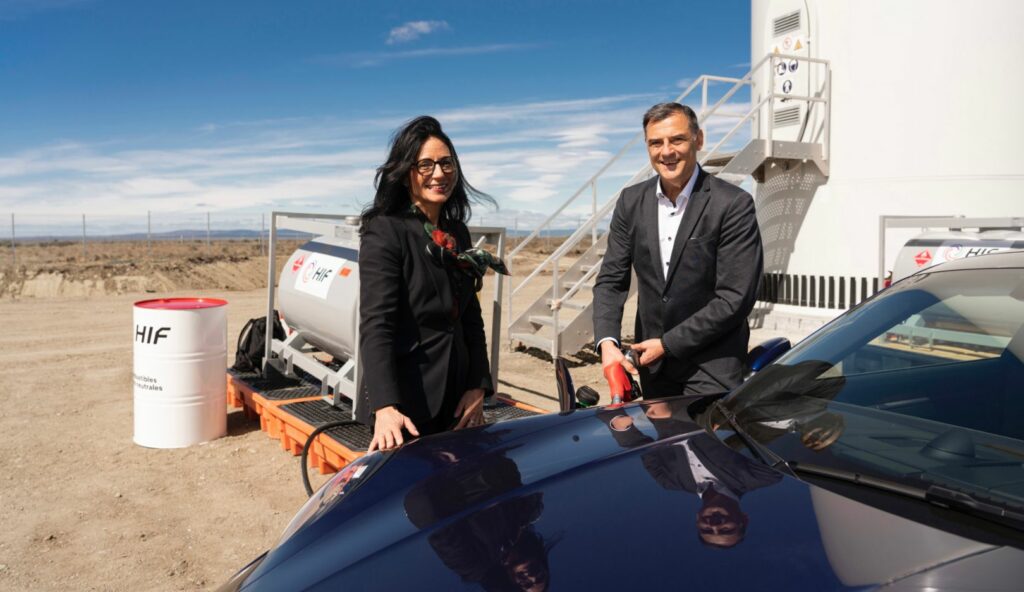
While senior board members inaugurating a production facility is a bit of a big banner waving event, it is not surprising considering that Porsche as a whole, with the support of the VW Group, has invested just under $200 million into eFuel alone.
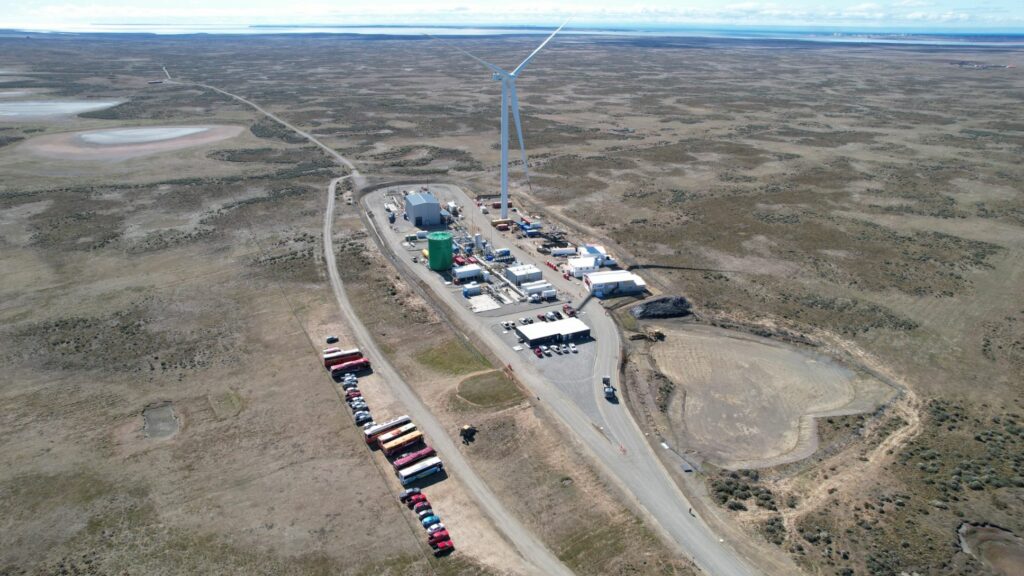
Even though it’s a demonstration plant, it is the first fully self contained eFuel production facility in the world, making Porsche the first manufacturer to have developed such a facility. Because of the constant and powerful wind that comes over the coast of Chile from the Straits of Magellan, the wind turbine at the plant runs about four times more efficiently than any in Germany, and provides the bulk of the electricity needed for water electrolysis, charging the catalyst to make methanol, and to heat the methanol vaporizers and superheating furnace.
Production per annum at the plant is expected to be ramped up to 130,000 liters (about 34,340 US gallons), more than enough to fuel the Porsche Carrera Cup main series, by the end of 2023. As the technology and processes are finely tuned at Haru Oni, Stuttgart, Siemens, and ExxonMobil have set the goal of having 55 millions liters (14.5 million US gallons) of eFuel produced per annum from that one plant alone by 2025 or 2026. By 2030, the hope is to have three more plants up and running, with the global production at over 1.3 billion liters (343.4 million US gallons) per annum.
What It Means For The Future Of The Internal Combustion Engine
As many manufacturers are pushing hard into electric vehicles, for the longest time it seemed like those that use cars with internal combustion engines had been forgotten. Porsche, however, knows their history and legacy, and a 911 without a roaring flat six hanging way out beyond the rear wheels just doesn’t seem right.
It is also important to note that a lot of bits and pieces of modern cars are already synthetic. Engine gaskets are made of synthetic or recycled materials. Tires are starting to use more and more recycled rubber and metal for the radial belts. Almost any engine oil you use today is synthetic, unless it specifically states it is “natural” oil. Batteries have moved away from lead-acid towards more synthetic materials, with some even able to be “recharged” with simple distilled water.
There is nothing inherently wrong with synthetics, nor with the push to electrification. Even Porsche is aboard that train, with the Taycan being joined next year by the second full EV from Stuttgart, the Macan EV. In fact, the push to electrification can be seen as a good thing for those of us that have petrol-powered cars that want to keep them long term.
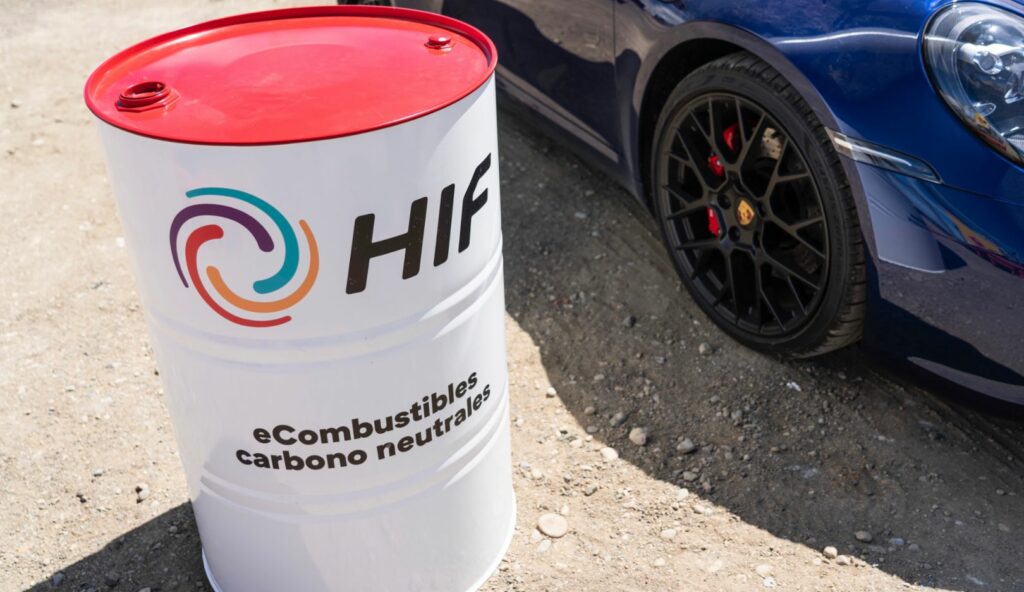
Think about it this way: if the greater majority of cars in the next two decades become electric, it will first decrease the demand for petrol, which is a finite resource. Next, using eFuel, the carbon dioxide that an internal combustion engine produces could be offset with the carbon capture technology that both Porsche and Siemens are pushing to the fore. It won’t be perfect, as no system ever truly is, but much like with horses at the start of the 20th century, we can start to appreciate the petrol-powered car as the beautiful animals they are, not simply beasts of burden.
This solves a massive problem that was starting to crest over the horizon, namely how to keep our daily drivers both running and viable. We were looking down the lens of bio-fuel, and that is still a very powerful option for cars with FlexFuel capability, but now it is joined by a just-as-viable, sustainable hydrocarbon-based fuel. Our bet is that by the EV goal of 2030 some companies have set, you’ll be able to go down to the local gas station and be able to fill up with some good ol’ fashioned gasoline… except that it will be synthetic, and we’ll have Stuttgart to thank for keeping those flat-sixes howling away down the canyon twisties.


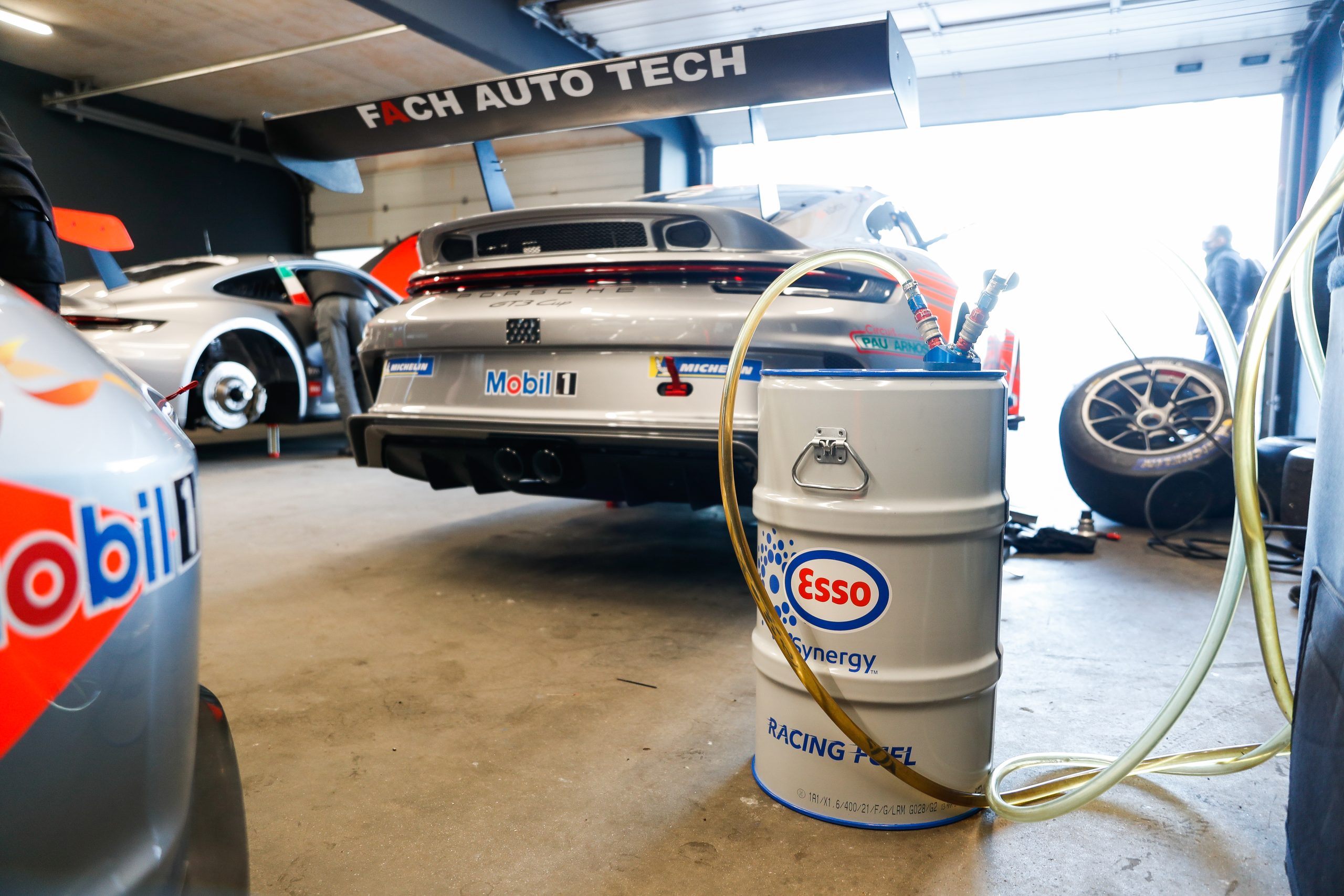
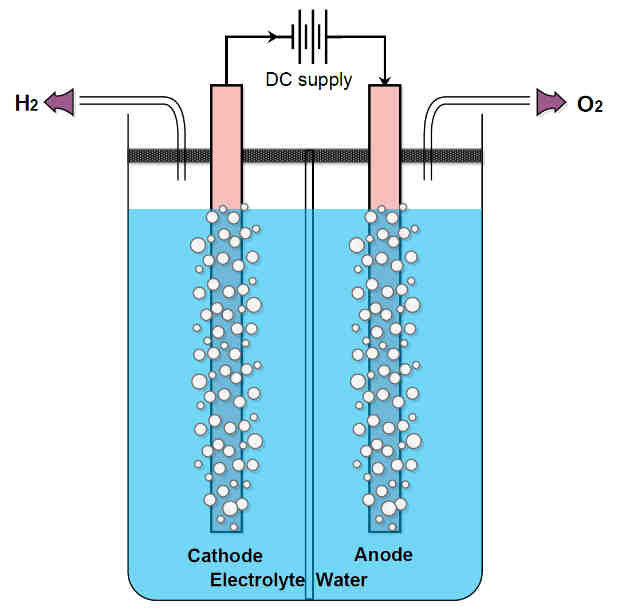

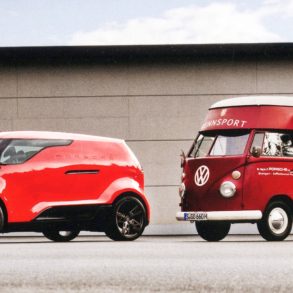
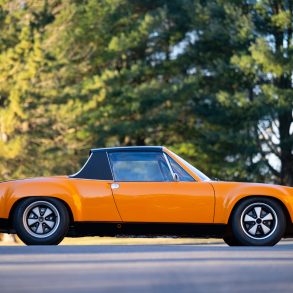



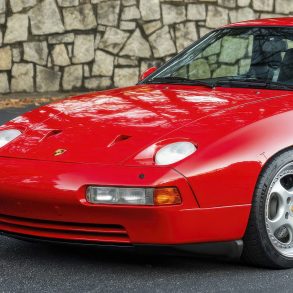


Article states, “Water conducts electricity well…” Actually, it doesn’t.
“pure water has an extremely low electrical conductivity because of the lack of impurities within it. For water to properly conduct electricity, there must be ions contained within it. When various chemicals and salts dissolve into the water, they will turn into negatively charged and positively charged ions.”
-https://sensorex.com/2019/10/08/electrical-conductivity-water-important-industrial-applications/
0
Furthermore, (wow, this is getting bad…) article states:
“This part [electrolisys] is carbon net-zero, as hydroelectric, solar, or wind generated power is used for the electrolysis.”
Can’t be carbon neutral unless the dams, solar panels, and wind turbines are also carbon neutral – which is not currently feasible. So with that out of the equation, this fuel is FAR from carbon neutral. Besides, at this point in the process we can just stop and use the hydrogen – why complicate it?
Lastly, no report of what the tailpipe emissions are? Just using the hydrogen as a fuel creates a byproduct of H2O – pure water. Combusting synthetic hydrocarbons will create carbon emissions. So unless the cycle is truly carbon neutral, which it can’t be with our current technology, there isn’t much progression here. Pity, I had higher hopes.
0
In specific answer to the “Besides, at this point in the process we can just stop and use the hydrogen – why complicate it?” part of your reply:
Because about 90% of cars on the road NOW use petrol (hydrocarbons) in internal combustion engines. Hydrogen fuel cell cars are only currently available in California for North America, and even then, there are very very few hydrogen filling stations.
eFuel is being developed specifically for the cars that are on the road now, instead of forcing everyone to suddenly scrap a very expensive rolling bit of metal to get another rolling bit of metal with a few batteries in it. In the “big picture” of it all, it’s actually far more economically sound and even beneficial to the environment to develop a sustainable hydrocarbon for the billions of ICE powered cars/trucks currently on the roads.
Please see the reply under George’s comment for the responses to the other items you brought up, they are explained there.
0
Tim, are you cherry picking words? After “water conducts electricity well” the article states in brackets afterwards “unless it has been purified or deionized”.
As for emissions, the CO2 is emitted but as it’s been captured so it’s not adding to the total CO2 in the atmosphere.
I think Porsche is striking the right balance with synthetic fuel – hybrid – electric for its future production line-up. Better than all electric that some manufacturers are currently virtual signalling. Long live the flat six!!
0
Thank you for your reply.
I’ll reply to you and Tim in one go here:
Electrolysis:
Electrolysis of water uses a cathode and anode to pass the current through the water to literally “split” the molecules, hence why it’s also known as “Water splitting.” It needs a nominal voltage of at least 1.5V, with current anywhere between 15A to 40A depending on what kind of water is used. The most energy efficient water to do electrolysis with is sea water, as the sodium in solution also helps with conductivity, but for the best results, at least as stated in the white papers I can find about the process for making eFuel, fresh water with 2.5V and 30A to 40A (roughly equivalent to 230-240 kJ of energy) has the best production.
Further reading: https://en.wikipedia.org/wiki/Electrolysis_of_water
Carbon-Neutral Power Generation:
My concern is how one thinks that hydroelectric or wind power is carbon producing? Unless the argument is that to make the component parts of each is where the carbon is produced, which makes sense as industry is dragging its feet in moving to sustainable and cleaner energy.
The actual generation of electricity from wind and hydro power, by its very nature, is carbon neutral. Both operate with turbine shaft with a wire wrapped around the end of it (Coil) spinning inside a larger outer cylinder of wire (Stator) without touching (Brushless). By the sheer fact that the turbine is being driven by naturally occurring wind (windmill) or water pushing against a waterwheel with the use of gravity (hydroelectric dam), it is carbon neutral.
The same goes for nuclear power, as that uses radioactive decay to heat water until is becomes steam, and the steam pushes against the turbine to spin the coil inside the stator. The only net-carbon-positive power generation comes from coal, gas, or other non-sustainable fuel burning heating element to create the steam.
Further reading: https://www.eia.gov/energyexplained/electricity/how-electricity-is-generated.php
Tailpipe Emissions & Carbon Offsetting:
George is correct in that the entire plan with Siemens’ and others’ CO2 capture tech is that the carbon emission products from the combustion of eFuel, which are similar to what is emitted by natural hydrocarbons, are net-zero or very slightly above net-zero via carbon offset. Carbon offset = removing as much CO2 from the atmosphere as is emitted by eFuel-powered vehicles.
Say, for example, a Type 992 911 Turbo S produces 280 to 271 g CO2 per kilometer (https://www.porsche.com/international/fuel-consumption/), and it is driven for 30 KM in an enthusiastic canyon carve run.
Maths show that the Turbo S would create 8.1 to 8.4 kg net of CO2. Each of the carbon capture funnels that will be at the eFuel production facilities captures *roughly* half a million metric tons (500,000 metric tons, or 500 million KG) of CO2 per year in this first generation, or 1,369,863 kg of CO2 per day.
That means that for those 30 Km and max 8.4 kg of CO2 created from the Turbo S’s little canyon carve drive on a lazy Sunday, the eFuel facility needs to capture roughly, and I mean ROUGHLY, half a second’s worth of CO2 to offset. In 5 to 10 years, the hope is that there will be enough carbon capture funnels and tech that it provides a global offset, with the carbon used to power ICE cars and the power generated to create the electricity for the EVs coming from sustainable sources being at par or less than the carbon caputured.
I hope you can understand that this is why the article is at a high level, not granular into these fine details, because it would otherwise put people to sleep as they tried to read it on their break, lunch, washroom break, et al.
0
I just hope this project materializes soon for us enthusiasts. I’m literally sick of Porsche and other manufacturers stopping the production of legendary cars with legendary Internal Combustion Engines and switching to fake feel less EVs which obviously I’d never buy unless one day I have to out of compulsion. I’m a die hard enthusiast and would love to see such fuels being developed so that sports and super cars can continue to run like they always have and we can continue to get more legendary models in future as well.
Now if only they could bring back Hydraulic/Manual steering and Hand brakes and reduce the ever increasing dimensions of their sports cars. That would be perfect!
0
Any fuel without the tyranny of OPEC and the evil of their members made possible with their oil revenue is a plus. The ability to make fuel anywhere in the world avoiding shipping crude and gasoline around the world saves energy, and transportation costs and reduces pollution. Elimination of oil drilling and pumping oil from shale is a huge benefit.
0